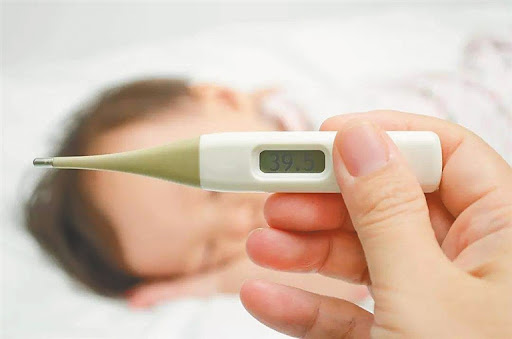Mycoplasma pneumoniae is a prokaryotic cellular pathogen without a cell wall. Its structure is between viruses and bacteria, but its structure is more complex than viruses and has a higher degree of evolution. Recently, the number of children with Mycoplasma pneumoniae infection admitted to pediatric departments in hospitals across the country has increased significantly.
Mycoplasma pneumoniae is a prokaryotic cellular pathogen without a cell wall. Its structure is between viruses and bacteria. Compared with bacteria, it has no cell wall, but its structure is more complex than viruses and has a higher degree of evolution. The severity of symptoms in children infected with Mycoplasma pneumoniae is closely related to individual differences. They may be asymptomatic or have only upper respiratory tract symptoms, or may have lower respiratory tract symptoms or even extrapulmonary manifestations, such as myocardial damage, liver damage, and nerve damage.

According to the "Guidelines for the Diagnosis and Treatment of Mycoplasma Pneumonia in Children (2023 Edition)", mycoplasma pneumonia is the most common community-acquired pneumonia in children aged 5 and above in my country. The disease originates from Mycoplasma pneumoniae infection, a pathogenic microorganism between bacteria and viruses. The pharmacist of Shanghai Yudan Pharmacy reminds: Although Mycoplasma pneumoniae infection is a lung infection caused by a specific pathogen, it is also a systemic disease. According to reports, Mycoplasma pneumoniae pneumonia antigens share some common antigens with human heart, lung, liver, brain, kidney and other tissues. When Mycoplasma pneumoniae infects the body, it can produce autoantibodies of the corresponding tissues, causing lesions in the target organs and corresponding symptoms of the organs and tissues. symptom.
Experts remind: Mycoplasma pneumoniae pneumonia and myocardial damage may be related to immune-mediated damage, mainly inhibiting humoral and cellular immunity, and some immune complexes cause type III allergic reactions. In clinical practice, myocardial enzyme spectrum is often used to reflect whether patients have myocardial damage. CK-MB is a classic specific enzyme that reflects myocardial damage.
For Mycoplasma pneumoniae pneumonia complicated by myocardial damage, medications can be selected that have the effects of replenishing qi and nourishing yin, activating blood circulation and removing blood stasis, clearing heat and detoxifying, strengthening the heart and rejuvenating pulse, to protect and improve damaged myocardial tissue, improve and reduce ischemic changes in electrocardiogram It can reduce the occurrence of arrhythmias, reduce autoimmune damage caused by infection, reduce myocardial lesions, and reduce myocardial pathology scores and serum troponin levels.
Health Tips: If a family member is infected with Mycoplasma pneumoniae, how should you respond correctly?
-
Keep windows open for ventilation and keep indoor air fresh;
-
The patient’s cough and sneeze secretions should be wrapped in tissues and discarded in a covered trash can;
-
Other family members should take high precautions;
-
Mycoplasma pneumoniae can be transmitted through contact, and the clothes worn by patients need to be disinfected with disinfectant.
-
If symptoms or complications occur, seek medical treatment promptly.Mycoplasma pneumoniae is a prokaryotic cellular pathogen without a cell wall. Its structure is between viruses and bacteria, but its structure is more complex than viruses and has a higher degree of evolution. Recently, the number of children with Mycoplasma pneumoniae infection admitted to pediatric departments in hospitals across the country has increased significantly.
